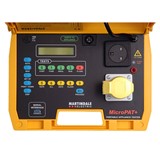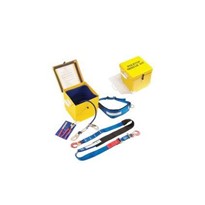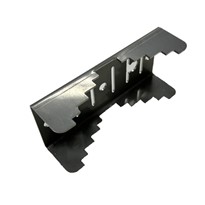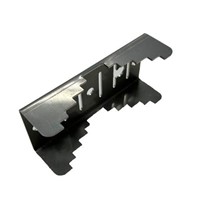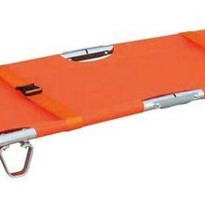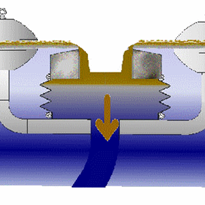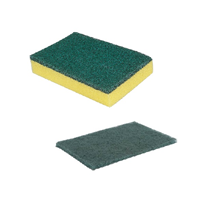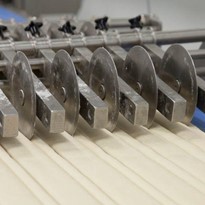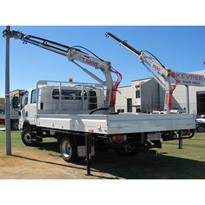In light of the overwhelming positive feedback that we received from last issue's article on Galvanizing (a big thank you to Alex Spillet from Industrial Galvanizers for that one), INGAL EPS is continuing on in the same vein with this issue's segment on 'How to make a pole'.
Step One
Comparatively, the process is quite simple. Once an order is received, sheet metal is purchased and delivered to site.
Delivery can either be in the form of flat sheets or coils, which are then flattened and cut into sheets.
Step Two
Pole designs are marked out onto the flat sheets using engineered templates. A single sheet may be able to make more than one pole, so the marked sheet is sent to the Guillotine (image above) to cut out each pole.
The resulting cuts are known as trapezoids which will eventually be shaped into a pole.
Step Three
Once sorted from the Guillotine, the trapezoids are stacked for the pressing process. It is this process that will determine whether the pole is round, octagonal, hexagonal etc.
The amount of times the pole is pressed ultimately determines the shape of the pole; the more presses, the closer to round the pole becomes.
Step Four
Immediately after pressing, the pole is sent for welding and then straightening. It is this step that joins the pole edges together with a seam weld. Once the seam weld is completed and the pole has been straightened, the base plate is welded to the bottom.
Step Five
The newly formed pole is sent to door and spigot fabricators before sending to galvanizing. Access doors are fabricated using cut-outs from the pole structure and then reattached using securing screws.
Step Six
Once the door is fabricated, the pole, and its accessories, outreaches etc. are ready to be galvanized. The pole is sent to INGAL EPS's sister company, Industrial Galvanizers, where it will be treated by over 450°c of molten zinc; preventing corrosion and oxidisation.
Step Seven
From Galvanizing, the poles are then sent to the Powder Coaters where they are painted in the colour of the customer's choice, assembled and despatched to the job site
If powder coating is not required, the poles are sent straight to assembly for fitting of doors and other items and then on to the customer. And that is how a pole is made.







